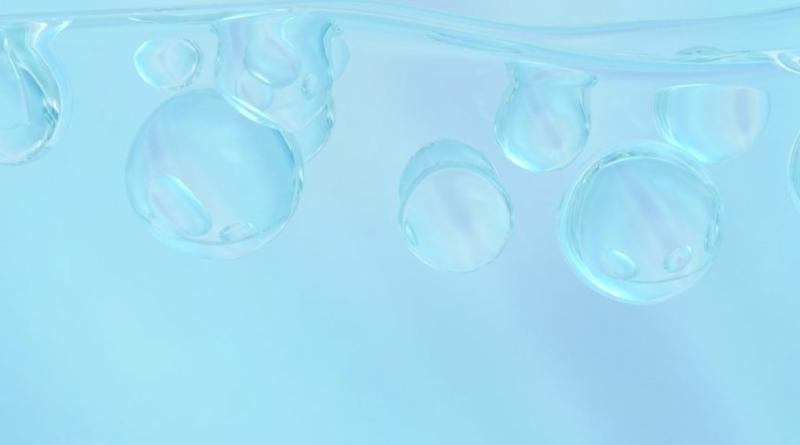Blue hydrogen: not clean, not low-carbon and not a solution to the climate crisis | IEEFA

〉Blue hydrogen is not clean, not a low-carbon source of energy and not a solution to the global climate crisis
〉The model used by the U.S. government significantly underestimates methane emissions used to produce hydrogen with fossil fuels.
〉The government model also focuses only on the 100-year global warming potential of methane, yielding much lower emissions than the 20-year rate.
〉The model erroneously assumes hydrogen emissions have no impact on climate change.
〉The government model predicts excessively high rates of carbon capture, an unproven and expensive technology.

The hype for blue hydrogen has spread across the United States, thanks to backing from the fossil fuel industry and incentives from the U.S. government. Without offering any proof, advocates repeatedly tout blue hydrogen as a clean, low-carbon way to produce energy from methane or coal, while reducing the world’s greenhouse gases emissions.
But Blue Hydrogen: Not clean, not low carbon, not a solution, a new report from the Institute for Energy Economics and Financial Analysis (IEEFA), demonstrates that blue hydrogen is neither clean nor low-carbon and is not a solution to the global climate crisis.
The report finds that the U.S. government significantly understates the impact of producing hydrogen from fossil fuels on global warming in at least four ways:
〉It assumes that just 1% of the methane being used to produce hydrogen will be emitted into the atmosphere between the well and the production facility. This is far less than recent peer-reviewed scientific analyses have found and that has been identified by airplane and satellite emission surveys.
〉It focuses solely on the 100-year Global Warming Potential (GWP) of methane, a very potent greenhouse gas. This significantly understates methane’s environmental impact on global warming, since its 20-year GWP is more than 80 times that of carbon dioxide while its 100-year GWP is much lower.
〉Contrary to scientific evidence, it assumes that hydrogen does not have any effect on global warming when it leaks into the atmosphere.
〉It relies on the overly optimistic and unproven assumption that hydrogen production projects will be able to capture almost all of the carbon dioxide they create.
“If the U.S. Department of Energy used more realistic numbers in its analyses, it would be clear blue hydrogen is an extremely dirty alternative. The reality is, blue hydrogen is not clean or low- carbon. Pursuing this technology is wasting precious time and diverting attention from investing in more effective measures to combat global warming like wind and solar resources, battery storage and energy efficiency.”
-David Schlissel, IEEFA director of resource planning analysis and co-author of the report
The report analyzes the carbon intensity of blue hydrogen over a range of possible future methane emission rates, hydrogen leakage, and the effectiveness of carbon capture. But even using very favorable assumptions, it is clear that the fuel is simply not low-carbon.
According to co-author and IEEFA analyst Anika Juhn, “there is significant risk that funding of blue hydrogen projects by the government and investors actually will make global warming worse by encouraging the building of projects that will emit large amounts of greenhouse gases into the atmosphere for decades.”





